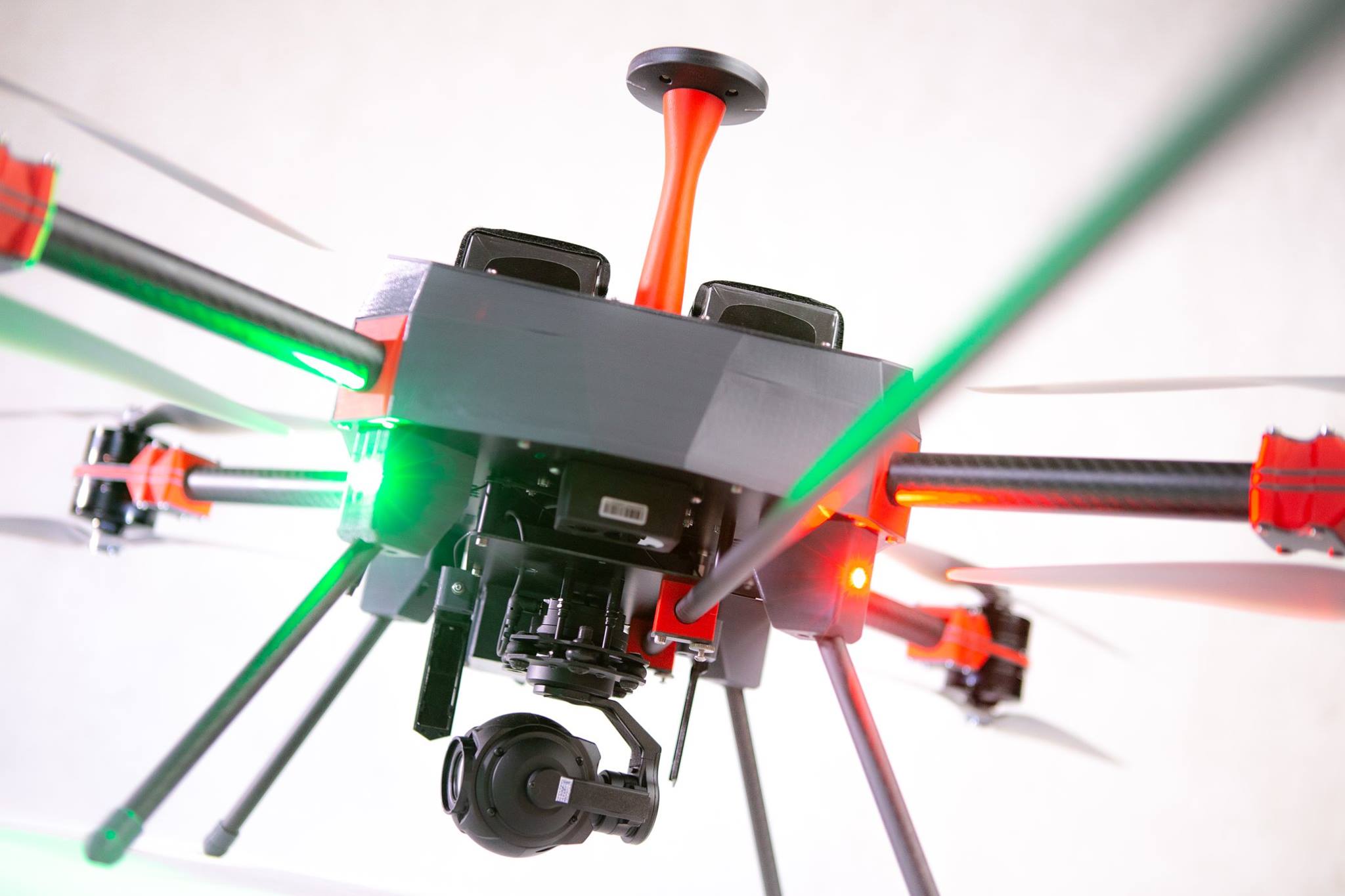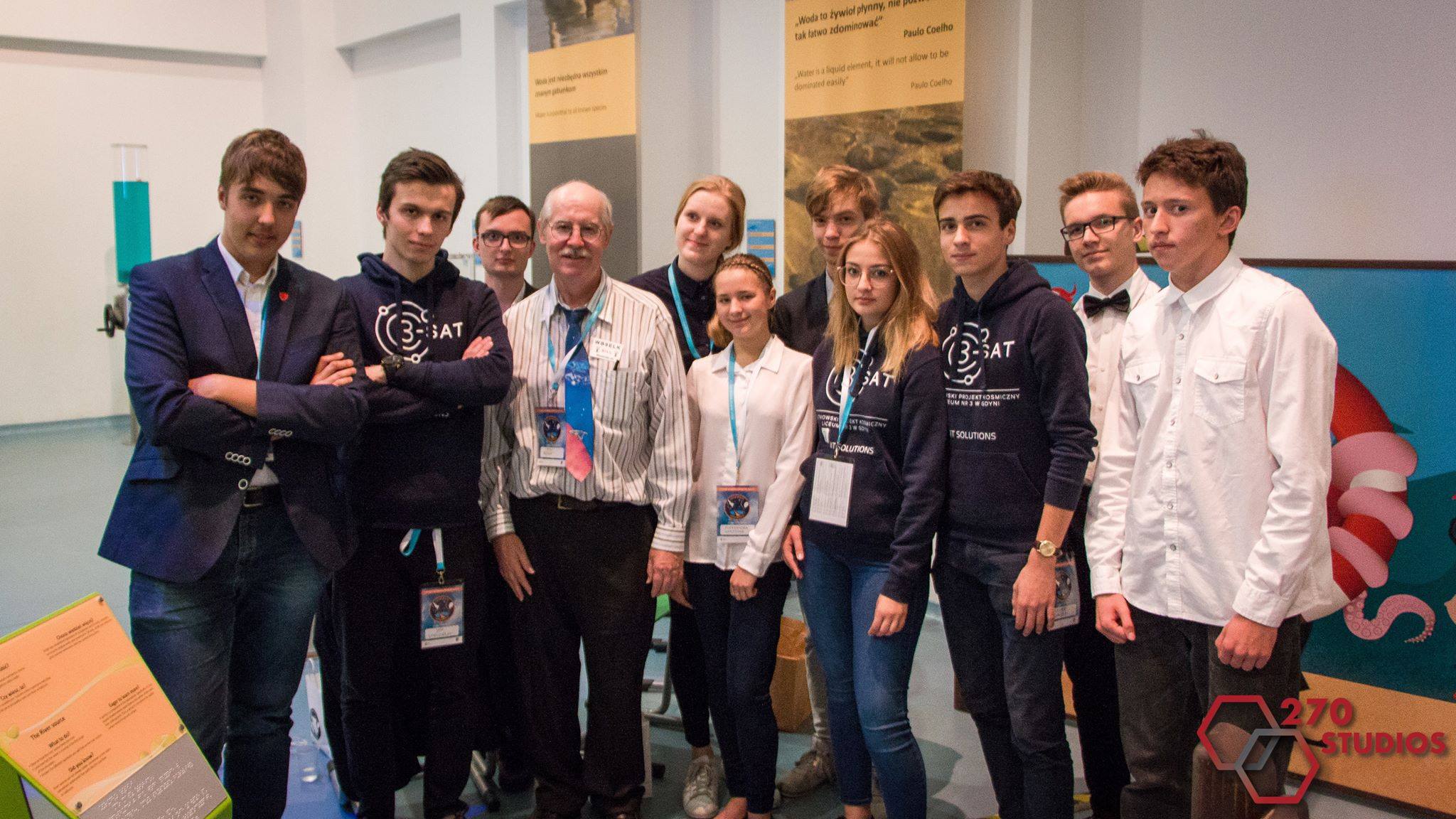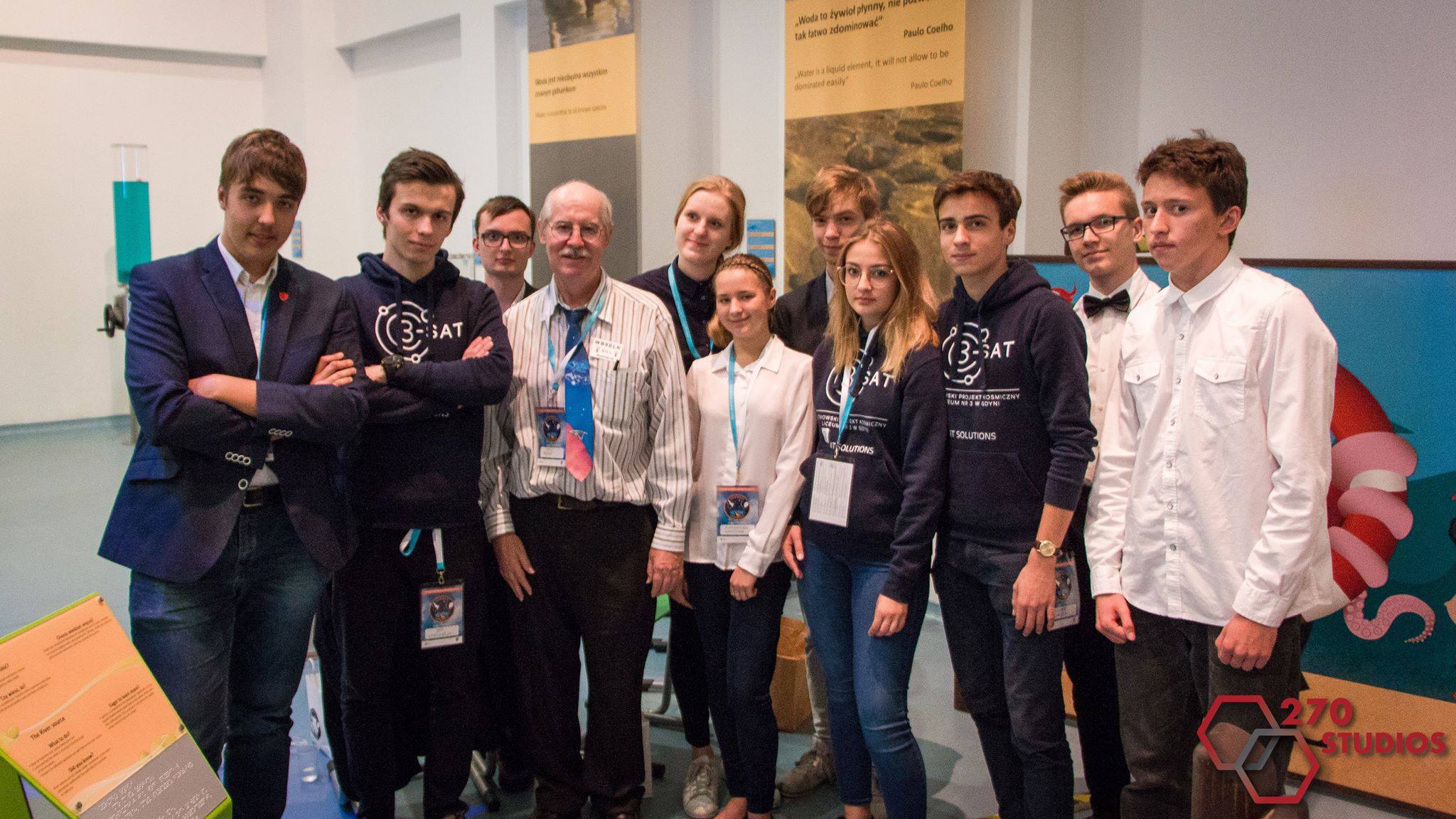
We would like to inform you that on 31.10.2018 during a press conference of the Elbląg City Hall the Pelixar LSMA drone was presented, which we delivered on 26.10.2018 together with a demonstration and training (one week before the deadline). The supplied LSMA set is the implementation of Stage 1 of the aviation part of the implementation, which is a part of the comprehensive system.
Pelixar LSMA (Lotniczy System Monitoringu Atmosfery – Air Atmosphere Monitoring System) is an advanced airborne atmosphere monitoring system designed to perform point and spatial analysis of air composition in the range of PM2.5 and PM10 particulate matter.
The entire Pelixar LSMA project consists of a total of three development stages, during which the ground part of the system will be developed in the form of local data analysis and
visualization applications, and the server part of the analysis and distribution of spatial data. For this purpose, at the request of the Mayor of Elbląg, a research team was appointed at the Faculty of Civil Engineering and Environment of the Gdańsk University of Technology (WILiS PG) to support the development of further parts of the system. Pelixar S.A. as a technological partner is responsible for implementation, adaptation and evaluation of algorithms developed by scientists of the Gdańsk University of Technology. LSMA project was created as a result of a marriage of high technologies (Pelixar S.A.), science (WILiS PG) and the needs of the society (Elbląg City Hall).
AIM OF THE PROJECT
The aim of the project is to support local institutions in the fight against the „growing problem of smog” by providing them with measurement data in the form of a numerical pollution map with prediction of the phenomenon, which will enable a better understanding of the problem and a more accurate identification of the source of excessive local air pollution emissions and optionally of the main emitter. In perspective, this should have a measurable positive impact on the quality of life of all residents in the area covered by the LSMA system.
As part of the developed technology, two proprietary technical solutions have been developed.
LSMA technology was submitted for the 21st edition of the „Polish Product of the Future” competition organised by the Polish Agency for Enterprise Development.
The possibilities of the developed solution are not limited only to „smog measurement”.
Publications on the „smog problem”, links:













